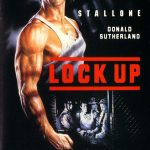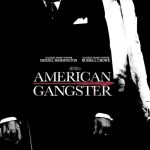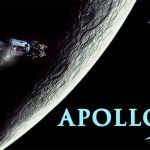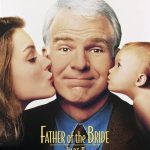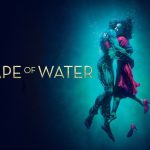“The dead land 2014”
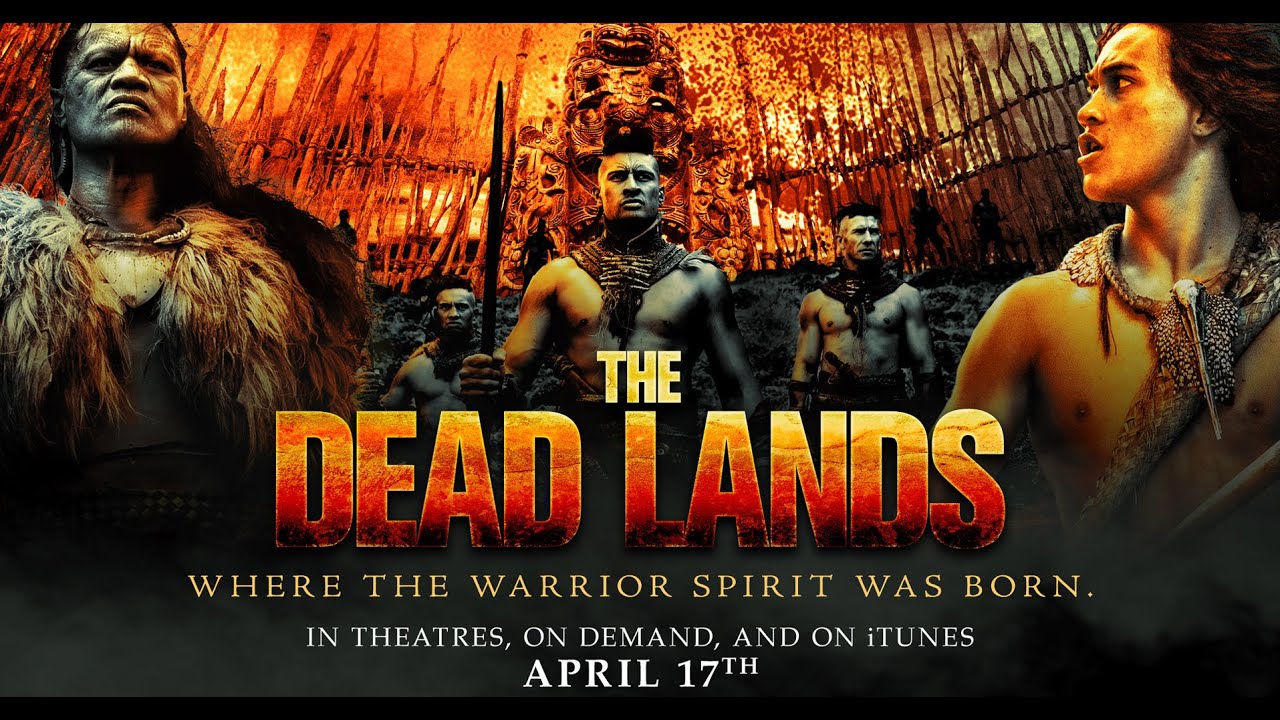
The Dead Lands (2014) – Detailed Review
Genre: Action, Adventure, Historical Drama
Director: Toa Fraser
Main Cast: James Rolleston (Hongi), Lawrence Makoare (The Warrior), Te Kohe Tuhaka (Wirepa)
Synopsis:
The Dead Lands is a gritty action-drama set in pre-colonial New Zealand, where the indigenous Māori culture flourishes, and tribal conflict is a part of daily life. The story follows Hongi, a young Māori chief’s son, whose tribe is massacred by a rival led by the treacherous Wirepa. Seeking revenge and honor for his fallen family, Hongi embarks on a perilous journey to the Dead Lands—a forbidden, eerie territory where no one dares to venture. There, he seeks the help of a mysterious and fearsome warrior, who is said to possess supernatural powers, to take down Wirepa and his warriors.
Storytelling & Themes:
At its core, The Dead Lands is a revenge tale layered with themes of honor, ancestral duty, and cultural pride. The story delves into traditional Māori values, including respect for ancestors, spiritual beliefs, and the concept of “mana” (honor or prestige). Hongi’s journey is not just one of revenge but also a rite of passage, where he confronts both his inner demons and the brutal reality of tribal warfare. The film captures the spiritual connection between Māori warriors and their land, showcasing a unique indigenous perspective on courage and survival.![The Dead Lands - Official Trailer [HD] | Original Series - YouTube](https://i.ytimg.com/vi/W9_mSlX-vLQ/hq720.jpg?sqp=-oaymwEhCK4FEIIDSFryq4qpAxMIARUAAAAAGAElAADIQj0AgKJD&rs=AOn4CLDHYdWqYkS0SHjKrYJIpcnGHPxJgA)
Performance:
James Rolleston delivers a strong performance as Hongi, portraying the character’s transformation from a grieving son to a determined warrior. His portrayal is nuanced, reflecting both vulnerability and resilience. Lawrence Makoare’s role as The Warrior is intense and captivating, as he embodies a menacing yet complex character. The chemistry between Hongi and The Warrior adds depth to the story, as they form a mentor-mentee bond that evolves over time, ultimately symbolizing the passing down of strength and wisdom from one generation to another. Te Kohe Tuhaka’s Wirepa is a ruthless, cunning antagonist who brings tension and intensity to the story.
Direction & Cinematography:
Toa Fraser’s direction is deeply rooted in the culture and landscape of New Zealand, creating an immersive cinematic experience. The film’s cinematography, led by Leon Narbey, captures the lush, unforgiving landscapes of New Zealand, with sweeping shots of dense forests, mountains, and mist-filled valleys. These visuals emphasize the harsh, primal setting of the story and the spiritual undertones of the Dead Lands. The fight scenes are shot with a raw, visceral quality that brings the warrior’s intense physicality to life, while the camera’s close-ups capture the actors’ expressions and emotions, adding depth to the characters’ interactions.
Choreography & Fight Scenes:
The Dead Lands showcases the traditional Māori martial art, Mau rākau, a style of hand-to-hand combat using wooden weapons. The fight choreography is intense, realistic, and meticulously crafted, adding authenticity to the film. The battles are brutal and unflinching, reflecting the skill and discipline of the Māori warriors. This level of dedication to traditional combat styles is rare in modern cinema, making the action scenes both engaging and culturally significant.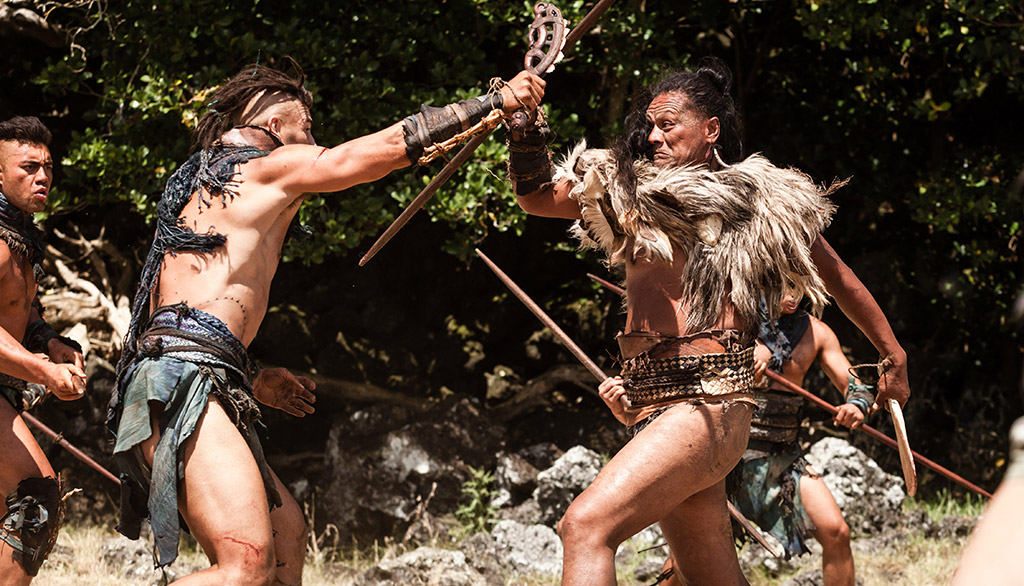
Cultural Representation & Language:
The film is notable for being presented entirely in the Māori language, honoring the authenticity and depth of Māori culture. This choice amplifies the immersion, allowing audiences to experience the story as the characters would have lived it. The respect for cultural representation extends beyond language, as the film was made with guidance from Māori cultural advisors to ensure the accuracy of the rituals, beliefs, and values depicted.
Soundtrack:
The film’s score is both haunting and atmospheric, enhancing the intensity of Hongi’s journey and the eerie nature of the Dead Lands. The use of traditional Māori sounds and chants helps create an otherworldly yet grounded atmosphere, underscoring the film’s mystical and spiritual elements.
Cultural Impact:
The Dead Lands is significant for its dedication to Māori culture, offering global audiences a glimpse into traditional Māori life and spiritual beliefs. It highlights the strength and resilience of indigenous peoples and celebrates their unique worldview. The film has been praised internationally for bringing Māori culture to the forefront of cinema, adding diversity to the action-adventure genre and offering a story rooted in honor, courage, and heritage.
Conclusion:
The Dead Lands is a visually striking and culturally rich film that combines thrilling action with meaningful storytelling. With its dedication to authenticity, powerful performances, and breathtaking visuals, it offers a unique cinematic experience that honors Māori traditions. For fans of historical dramas and action films, The Dead Lands is a refreshing, thought-provoking journey into a world seldom seen on screen.
Suggested Video for You:
Explore the making of The Dead Lands and learn more about the importance of cultural accuracy and the unique aspects of Māori martial arts featured in the film.

